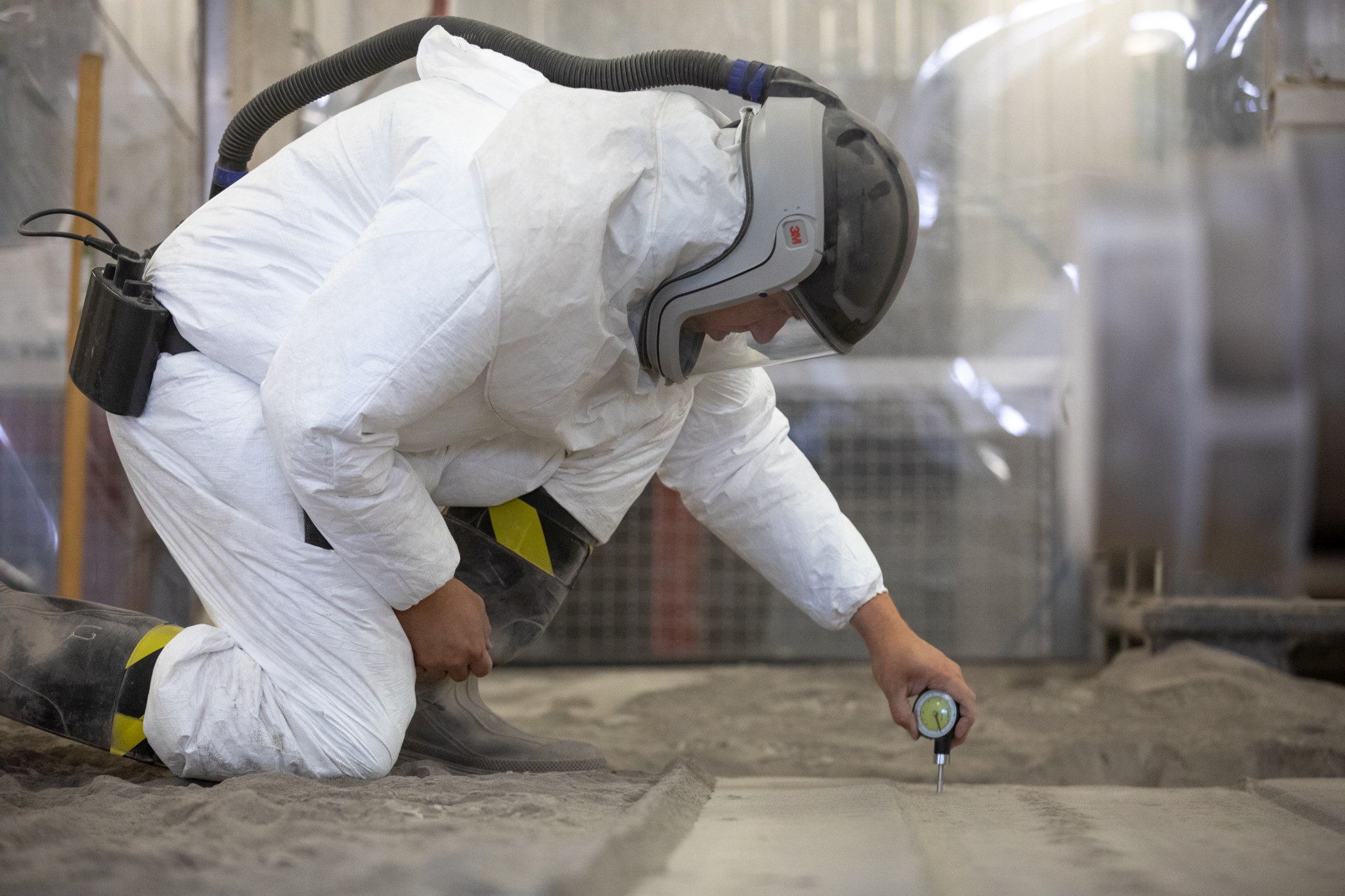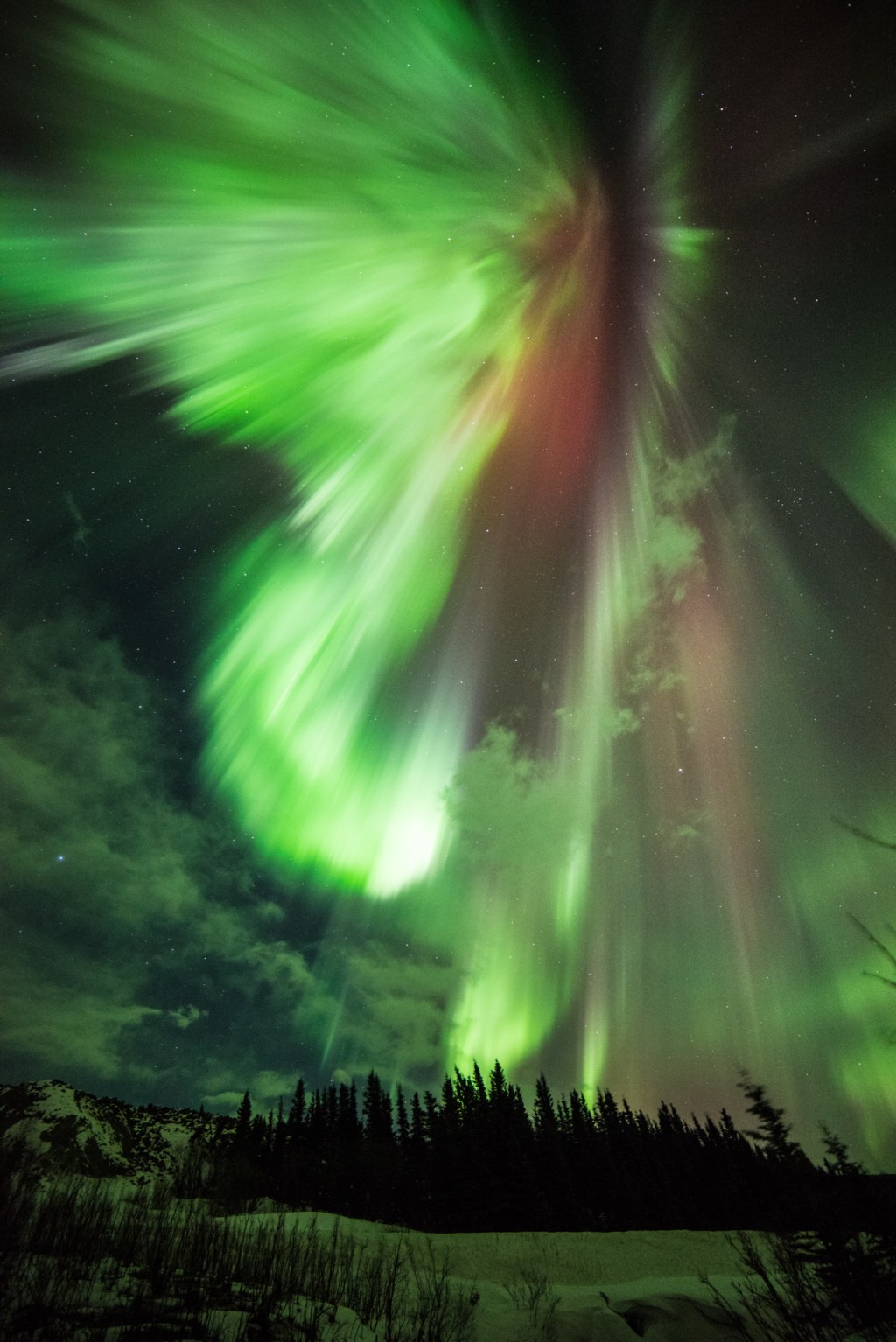
Volatile Cycles
We have much to learn about the elements and chemicals that make up our Moon.
Orbital observations of the Moon’s surface and chemical analyses of Apollo samples and those kicked up by the Lunar Crater Observing and Sensing Satellite (LCROSS) have revealed evidence of volatiles (water and other chemical species). Several questions remain about the lunar water cycle: what is the source of lunar volatiles? What form are they in? What is their abundance? How are volatiles distributed across the surface and at depth? Can our instruments access subsurface volatiles? How do volatiles move across the lunar surface? Our current understanding is that many surface volatiles are located within permanently shadowed regions (PSRs) or areas (primarily in craters) at the lunar poles that never get exposed to sunlight and thus experience extreme cold temperatures, which allows for water and other volatiles to become trapped in these areas. Surveying the lunar subsurface and investigation of PSR environments will allow us to determine the answers to many unanswered questions, including where these volatiles came from, and how and where they are sequestered. Retrieval of samples from PSRs will allow us to better study the nature of these trapped volatiles.































